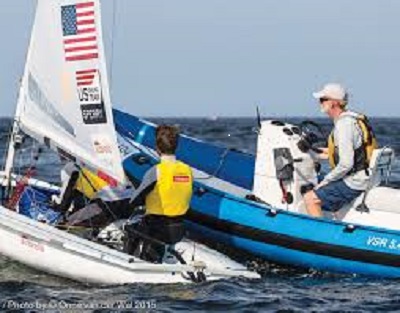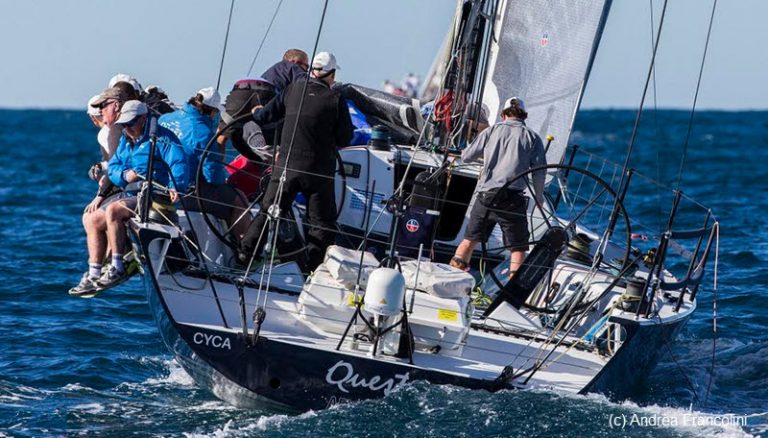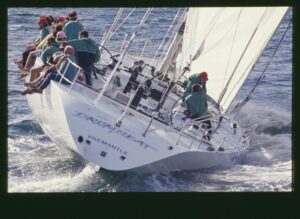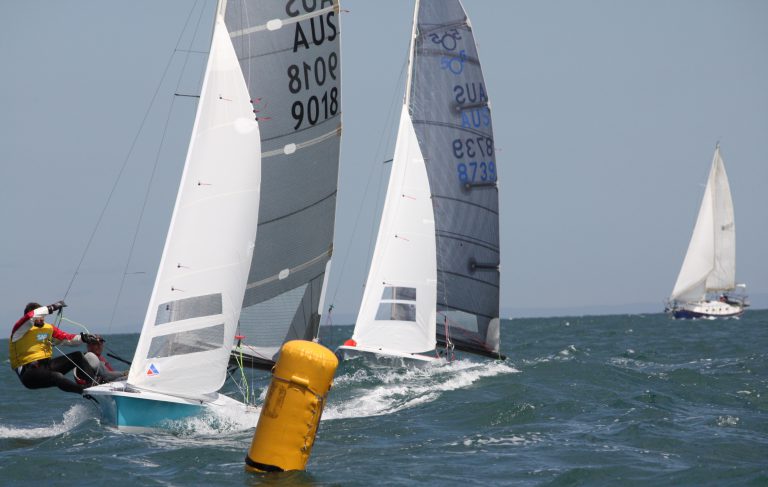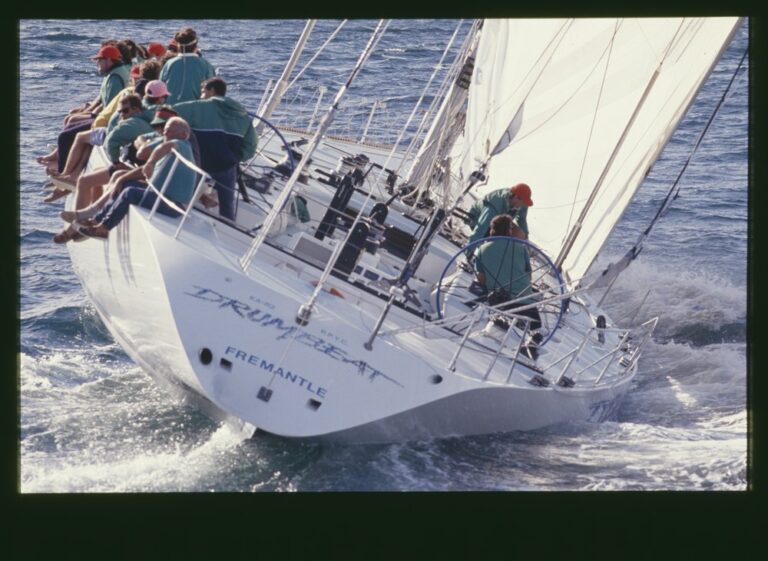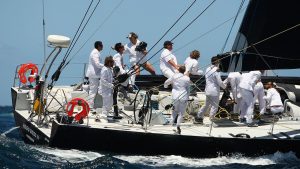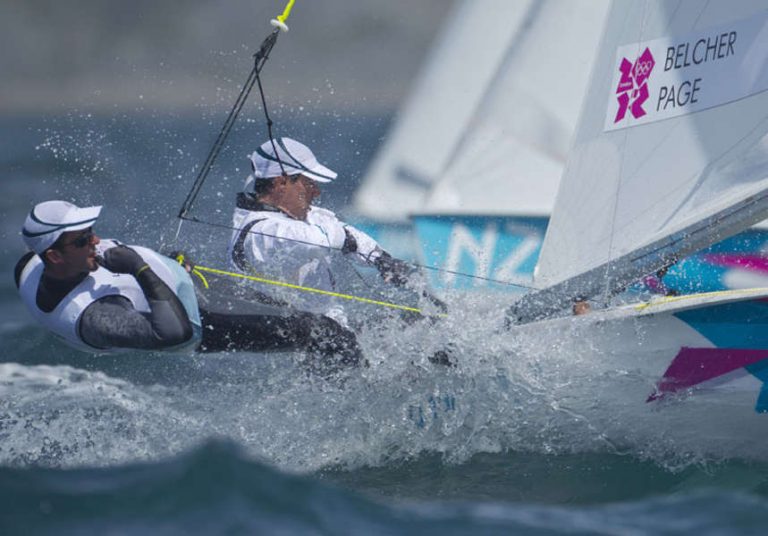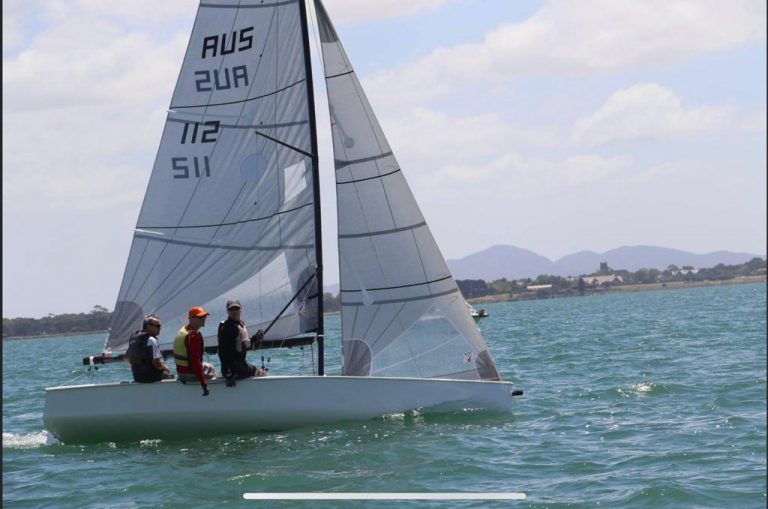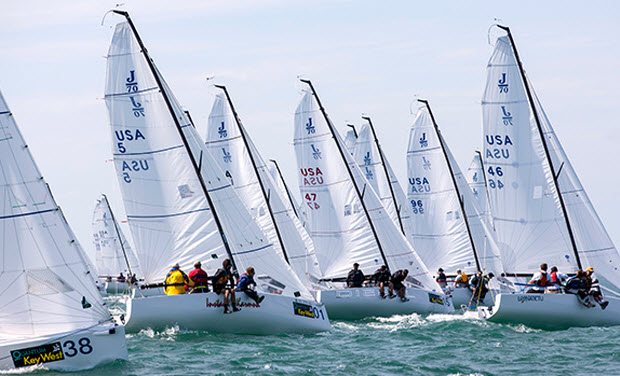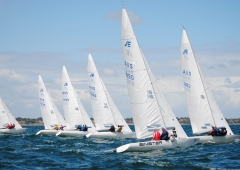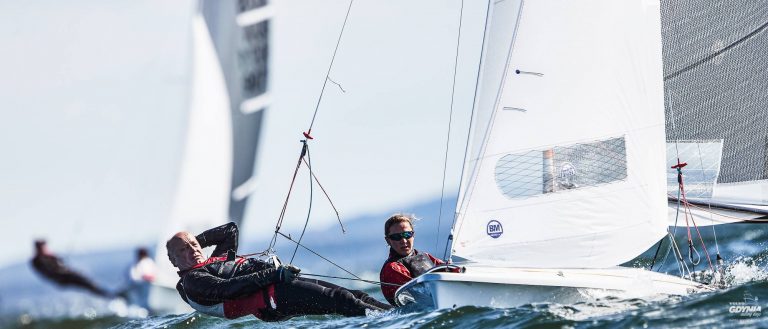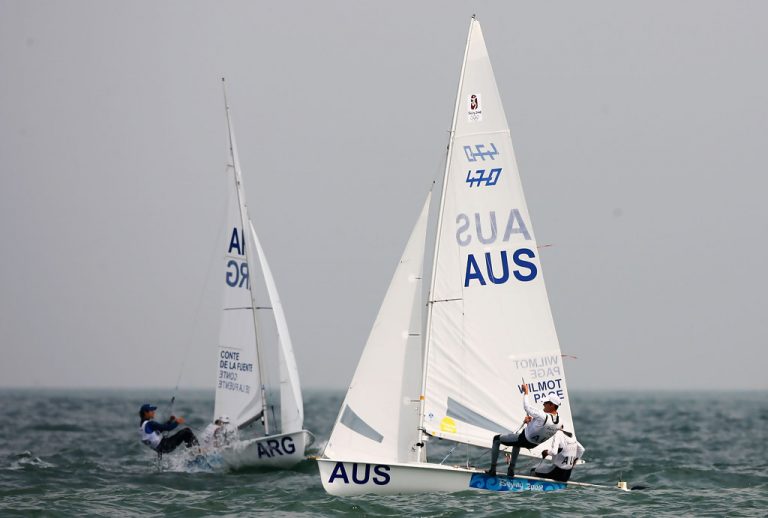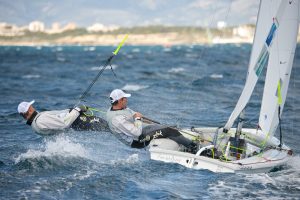
What Will See Your Results Improve The Most? Is it racing or practice?
To answer this question I spoke with Skip Lissiman who has sailed a myriad of different boats from Pelicans through to Maxi boats with perhaps his greatest achievement being a part of the Australia 2 crew which won the America’s Cup in 1983.
Brett: the first question I had here was how important is practice to improve your sailing rather than time racing?
Skip: Well, practice is essential to upskill your crew and yourself, to get to a point where you’re capable of being competitive at racing.
We used to have this saying on the 12 Meter, the six Ps, “Perfect Practice Prevents Piss Poor Performance.”
So, the sum of it is don’t practice bad skills when you go out practicing. So, make a list of all of your weaknesses and practice those and use the time on the water to tick them off as you improve.
And so you use the practice time to work on your weaknesses and to get your crew working and your crew’s skills up to a point where you’re competitive on the racetrack. It’s important to do it but racing is also important to just make sure your skills…and work out what your weaknesses are so you can go back out and do some practice.
But use your practice time wisely so you don’t waste time and don’t over-practice. So don’t say, “We’re practicing all day.” Go out and do a two-hour session, come back in, work out what you’ve done, have a debrief, then go back out and maybe do another two-hour session the same day or another day.
But more than two hours at a time, you almost…you’re tapering off. You’re never really quite getting the real benefit of your practice time.
Brett: Now you mentioned the Ps. What do you reckon makes an effective practice session and how long should it take You mentioned two hours is there any point in going out for a shorter time or a long time? Are there any things that maybe you should do that take longer or shorter? What Will Improve The Most?
Skip: You know, the old rule of thumb. When you get in a match race event, you go off and do match racing.
This is…you’ve got a maximum of one hour on the water so you’ve really got to try and work on using your time as wisely as you can. So two hours is a pretty generous amount of time to go and use on the water.
Don’t…and start your practice as soon as you jump in the boat almost if you’re really tight on time. So whether it’s roll-tacking on the way out through the marina or whether it’s, practicing your tacking skills or whatever it is. But once you jump in the boat, effectively switch on and use the time wisely.
So if you’re out there for four or five hours, then it can be quite tedious and you’re not really maximizing the benefit that you could over a shorter period of time.
Brett: And how important do you think it is to sail in other classes? Most of us have a focus on one particular class or other. Maybe you’re sailing a one-man boat or a two-man boat. Is it important, to sail in boats other than your own class or maybe even mix it up and sail with other people…sail other people’s boats within your own class?
Skip: The more sailing you do with other people, particularly people who are better than you, the more you’ll learn. And the more classes you sail, the better you’ll get a feel for what makes a boat work.
So, you know, I’ve lost count of how many different types of boats over the years I’ve sailed, everything from, dinghies to ocean racing boats to one design to match racing and you never stop learning.
So the better feel you get is by sailing different types of boats and getting a feel for what makes a boat go. And sailing just the one type of boat you get very entrenched in that particular style of boat.
But you won’t get that general basic innate knowledge of what makes a boat go until you sail plenty of boats and sail with plenty of different people and just try and work out from all the different people you sail with, particularly people better than you, what their take on a particular thing is.
You don’t necessarily have to agree with them all the time and, you know, I’m the first to admit I’m not always right. And I think most people would probably…good sailors would say the same thing.
So the more boats you…types of boats you sail, I would really encourage that. Particularly when you’re younger.
